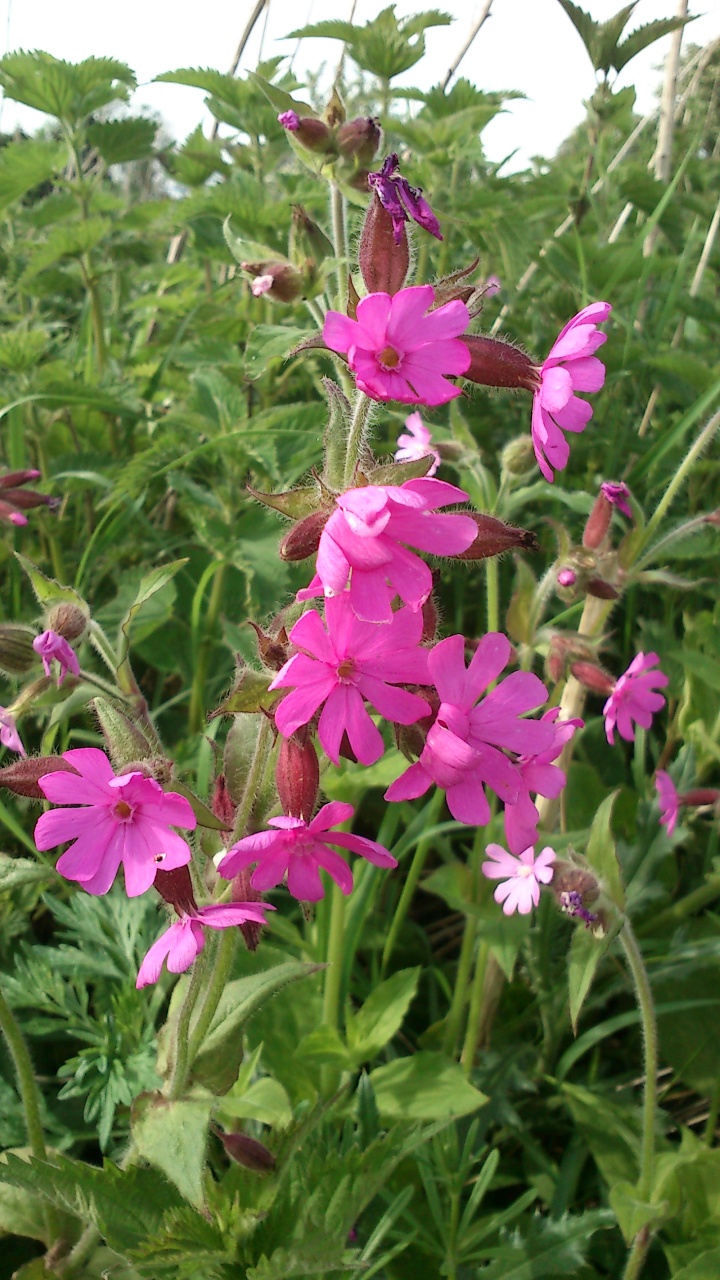In this post Chris Wilson (The Flory Lab) discusses a recent article from Jesper Moeslund and colleagues ‘Using dark diversity and plant characteristics to guide conservation and restoration‘
Central to ecology and conservation biology is the quest to understand and, more importantly, conserve biodiversity. However, generally you can’t manage what you can’t measure, and you can’t measure what you can’t define!
Biodiversity is traditionally defined as the set of all species (or perhaps genotypes within species) in a given area and is measured at three scales: starting with the site level (i.e. alpha diversity) and going up to the regional scale (i.e. gamma diversity), with spatial variation in species composition within a region indexed by ‘beta diversity’. Among these three levels of diversity, practitioners of ecological restoration are usually dealing with diversity at the site level. But what is the goal? If the goal is to restore and maintain biodiverse ecosystems, how do we decide how diverse is diverse enough?

Pärtel, Szava-Kovats & Zobel (2011) recently proposed that we focus our attention on so-called “dark diversity”, the set of species that potentially could inhabit a given site, based on local ecological conditions, but, for one reason or another, do not. Dividing the number of observed species in a given site by the dark diversity provides an alternative basis for comparing across sites, and for assessing the potential for additional restoration and conservation measures to achieve biodiversity goals.
A new paper by Jesper Moeslund and colleagues illustrates another potential value of the dark diversity perspective: identifying traits that predict whether a species is more or less likely to be included in the dark diversity across a large number of sites. If robust, such trait-level information could enable researchers and practitioners to prioritize their limited resources on species with traits that tend to relegate them to the dark diversity. Moeslund et al. take advantage of a large national floristic dataset in Denmark, consisting of 15,160 plots (and ultimately encompassing 564 plant species) laid out to represent the flora typical of a given ecological site. They then parameterize logistic regression models to relate widely available trait data (e.g. score on Grime’s famous Competitor-Stress Tolerator-Ruderal framework) to probability of dark diversity membership. Their findings thus represent a preliminary but very intriguing application of the dark diversity concept.

Reading their paper, two aspects of their results stood out to me. First, are their specific findings on plant traits associated with dark diversity membership. Some of these are not surprising – for instance, obligate mycorrhizal dependence appears to be the strongest predictor of dark diversity membership. Other traits are more surprising and deserve careful experimental follow-up. One example is that greater seed mass seems to associate with higher dark diversity probability. Given putative advantages in recruitment and early establishment, this finding suggests the possibility of dispersal limitation.
The second aspect of their findings I would like to highlight is that most species are part of the dark diversity most of the time. Looking at their Figure 4 we see dark diversity membership probability varying between 0.7 and ~ 0.95. Moreover, the overall ability to predict dark diversity membership in this dataset is fairly low. Ironically, this result dovetails with the eponymous “dark matter” of astrophysics, which is now thought to be predominant in our universe and yet is poorly understood.
To my mind, this raises interesting questions about spatial scale, both the scale of ecological sampling used to define dark diversity, and of the scale of relevant management. First, the floristic database is comprised of 5m radius circular plots, which are set up to represent sites varying between 0.003-900 ha in extent. Surely many species that truly exist at the site-level are not represented in these plots! I am particularly concerned that sampling effects may tend to incorrectly categorize rare or patchily distributed species, whose populations may in effect be present and stable at a site, into dark diversity membership. However, the authors also point out that sampling at too coarse a scale could downwardly bias estimates of dark diversity. In my opinion, the resolution to this question is to use whatever spatial scale is most useful for land management, but unfortunately we are still all-too-often limited in the types of data that are available.

Given the intriguing preliminary results from combining these noisy, but very large-scale datasets to estimate dark diversity, I would like to see more work that follows up on this approach with targeted and careful sampling of a subset of sites and species. In order to overcome potential biases of patchiness/rarity with true absence, I would recommend a site-occupancy modelling approach be done prior to analysis of what predicts dark diversity membership in the future. Another avenue worth exploring is whether and how estimates of dark diversity, and the ability to predict membership in dark diversity, varies with spatial scale of sampling. A nested sampling design across a network of sites would be ideal for this task. Perhaps most importantly, do the hypotheses generated from observational modelling of this sort lead to fruitful avenues of experimental ecological research or restoration practice?
Many thanks to Jesper Moeslund and colleagues for offering us this intriguing glance into the potential of the dark diversity concept!

One thought on “Measuring dark diversity: what do we know and where do we go from here?”